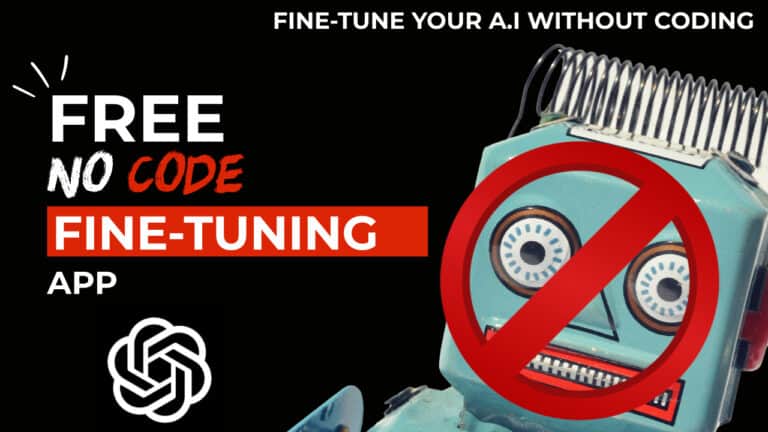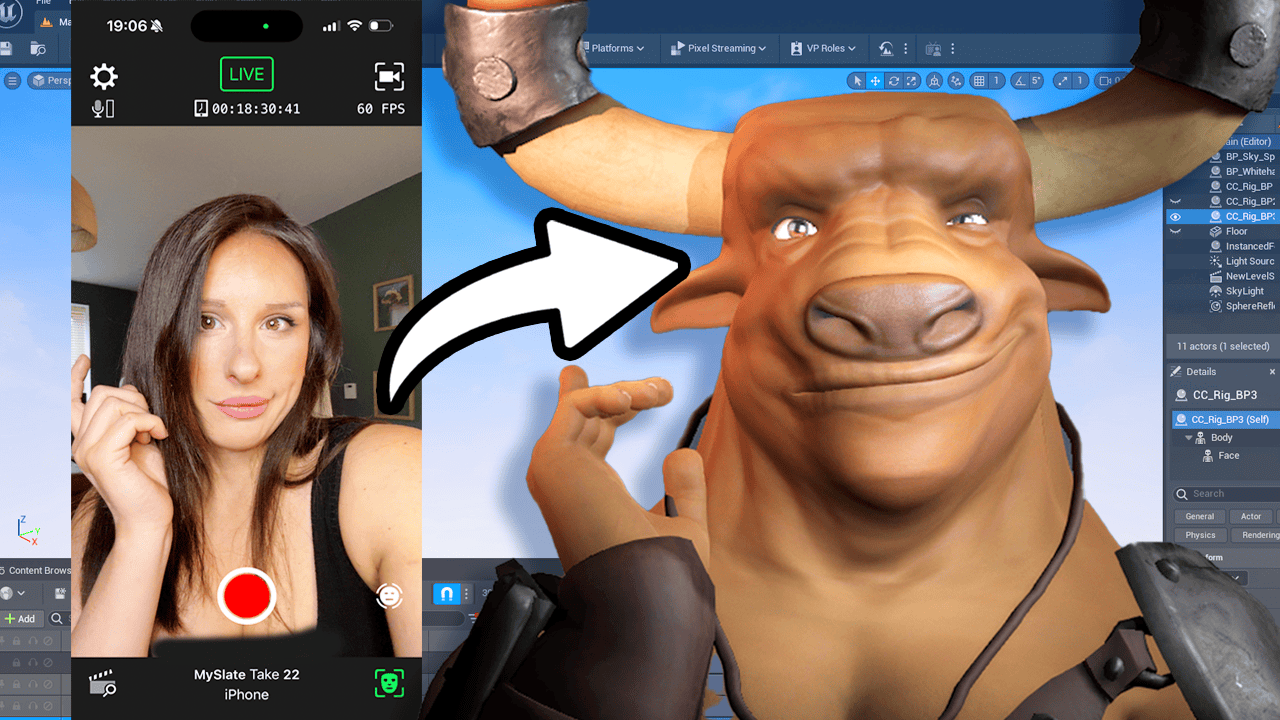Fine-tuning with Open AI has been a hot topic lately, but it seems that many people have been struggling with it. While some claim to offer a no-code solution, their methods end up requiring a lot of code. This is where my new app comes in 😉. This is what I believe to be the first true no-code fine-tuning method for Open AI, making it easy for anyone, “even their mother”, to do it. In this article, we’ll go through the process of using this new no-code method and explain how it works.
What is Fine Tuning?
Fine tuning is the process of taking an existing AI model and training it further on a specific task or dataset. This allows the model to specialize in a particular area and improve its accuracy. Fine tuning is essential for many applications, including chatbots, language models, and image recognition.
Two Parts of Uploading Fine Tuning Data
The first step in fine tuning is getting your data into a specific format that Open AI likes. This is where the JSONL Converter comes in. The JSONL Converter takes a list of prompts and their corresponding completions and converts them into a JSONL file, which can be uploaded to Open AI. The prompts and completions can be anything from simple questions and answers to more complex conversations.
Once you have your JSONL file, you can upload it to Open AI using the Auto AI Fine Tuner. This tool allows you to fine tune your model using the uploaded data. It takes care of all the details, such as setting the number of epochs and batch size, so you don’t have to worry about them.
Using the JSONL Converter
The JSONL Converter is a simple web application that allows you to create a JSONL file from a list of prompts and completions. It’s easy to use and doesn’t require any coding experience. Here’s how to use it:
- Go to the JSONL Converter page.
- Click on the “Add Prompt” button to add a prompt and its completion.
- Repeat step 2 for each prompt and completion you want to include in your dataset.
- Click on the “Format for Upload” button to generate a JSONL file.
- Download the JSONL file and save it to your computer.
You can also upload your prompts and completions directly from Google Sheets. Just create a spreadsheet with two columns: one for prompts and one for completions. Then, go to the “Import from Google Sheets” tab on the JSONL Converter website and follow the instructions.
Using the Auto AI Fine Tuner
The Auto AI Fine Tuner is another web application that allows you to fine tune your Open AI model using the data you uploaded with the JSONL Converter. It’s designed to be easy to use and doesn’t require any coding experience. Here’s how to use it:
- Go to the Auto AI Fine Tuner page.
- Enter your Open AI API key and click on the “Connect” button.
- Go to the “Uploaded Files” tab and click on the “Select File” button to upload your JSONL file.
- Copy the ID number of the uploaded file and go to the “Fine Tuned” tab.
- Enter a name for your fine-tuned model and the ID number of the uploaded file.
- Select the AI model you want to fine tune (e.g., Da Vinci).
- Set the number of epochs and batch size.
- Click on the “Create Fine Tune” button.
- Wait for the fine tuning process to complete (usually takes a few hours).
- Once the fine tuning is complete, go to the Open AI Playground and start using your fine-tuned model.
Conclusion
Alex’s no-code fine tuning method for Open AI is a game-changer for those who have been struggling with the process. By breaking it down into two simple steps and providing easy-to-use web applications, anyone can fine tune an AI model without any coding experience. The JSONL Converter and Auto AI Fine Tuner are both free to use and open source, making them accessible to everyone.
However, it’s important to note that fine tuning requires a good dataset to work effectively. Garbage in, garbage out, as they say. It’s not enough to just throw any data at your model and expect it to magically improve. You need to have a well-curated dataset that reflects the specific task or domain you’re trying to fine tune your model for.
Therefore, Alex plans to create a series of tutorials on how to create a good fine tuning dataset. He’s also working on a Google Sheets automation that will make it easy to create the simple prompts and completions needed for fine tuning. With these tools and resources, anyone can fine tune their AI models and achieve better results.
In conclusion, Alex’s no-code fine tuning method is a much-needed solution for those who have been struggling with the process. It’s easy to use, accessible, and free. However, it’s important to have a good dataset and follow best practices for fine tuning to achieve the best results. We look forward to seeing what other tools and resources Alex will create to make AI more accessible to everyone.





